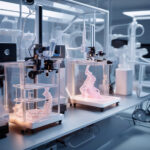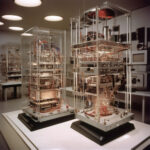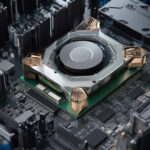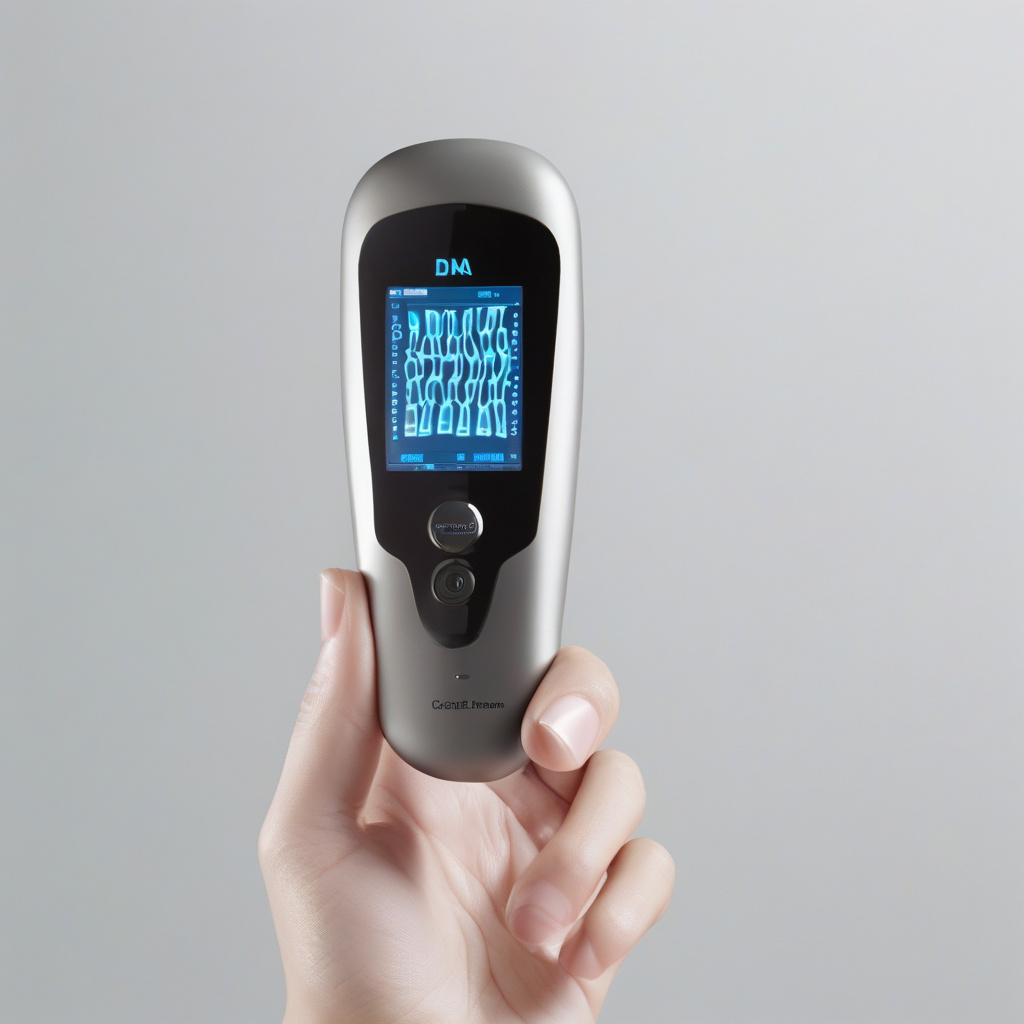Breakthrough DNA Sensor Brings Cancer, HIV Detection to Homes for Under $1
What if cancer, HIV could be diagnosed at home and that too for less than a dollar? Imagine the convenience and accessibility of such a groundbreaking technology. Thanks to the remarkable innovation in the field of medical diagnostics, this seemingly futuristic scenario is now a reality. A revolutionary DNA sensor has been developed, promising to bring early detection of diseases like cancer and HIV right to our homes, at an unprecedented affordability of under $1.
This innovative DNA sensor is the result of years of dedicated research and technological advancements. By leveraging the principles of molecular biology and microfluidics, scientists have created a compact yet highly efficient device that can accurately detect specific genetic markers associated with various diseases. The sensor works by analyzing a small sample of blood or saliva, making the process simple and non-invasive for users.
One of the key advantages of this breakthrough technology is its potential to democratize healthcare. With traditional diagnostic methods often being expensive and requiring specialized equipment and expertise, many individuals, especially in underserved communities, face barriers to timely detection and treatment of serious illnesses. By enabling at-home testing at an affordable price point, the DNA sensor has the power to empower people to take charge of their health proactively.
Moreover, the implications of this innovation go beyond just individual health outcomes. Early detection of diseases like cancer and HIV not only improves the chances of successful treatment but also plays a crucial role in disease prevention and control. By enabling mass screenings and monitoring, the DNA sensor has the potential to significantly impact public health strategies, leading to better overall health outcomes for communities.
The affordability of the DNA sensor is another aspect that sets it apart from existing diagnostic technologies. Priced at less than $1 per test, this device has the potential to disrupt the healthcare industry by making high-quality diagnostics accessible to a much larger population. The cost-effectiveness of the sensor opens up possibilities for regular monitoring and proactive screening, which are key elements in the fight against diseases like cancer and HIV.
In addition to its utility in individual healthcare, the DNA sensor also holds promise for broader applications, including environmental monitoring, food safety testing, and forensic analysis. The versatility of this technology underscores its significance as a multifaceted tool that can be adapted to various fields and settings, further enhancing its value and impact.
As we witness the dawn of a new era in medical diagnostics with the introduction of the DNA sensor for home use, it is essential to recognize the transformative potential of such innovations. By bringing cutting-edge technology directly into the hands of individuals, we are not just detecting diseases; we are empowering people to make informed decisions about their health and well-being. The journey towards accessible, affordable, and effective healthcare for all is indeed gaining momentum, thanks to breakthroughs like the DNA sensor.
In conclusion, the development of a DNA sensor that enables cancer and HIV detection at home for less than $1 represents a significant leap forward in the field of medical diagnostics. With its potential to revolutionize healthcare accessibility, improve health outcomes, and drive innovation across various sectors, this technology holds immense promise for a healthier and more empowered future.
DNA sensor, Cancer, HIV, Home diagnostics, Medical innovation












